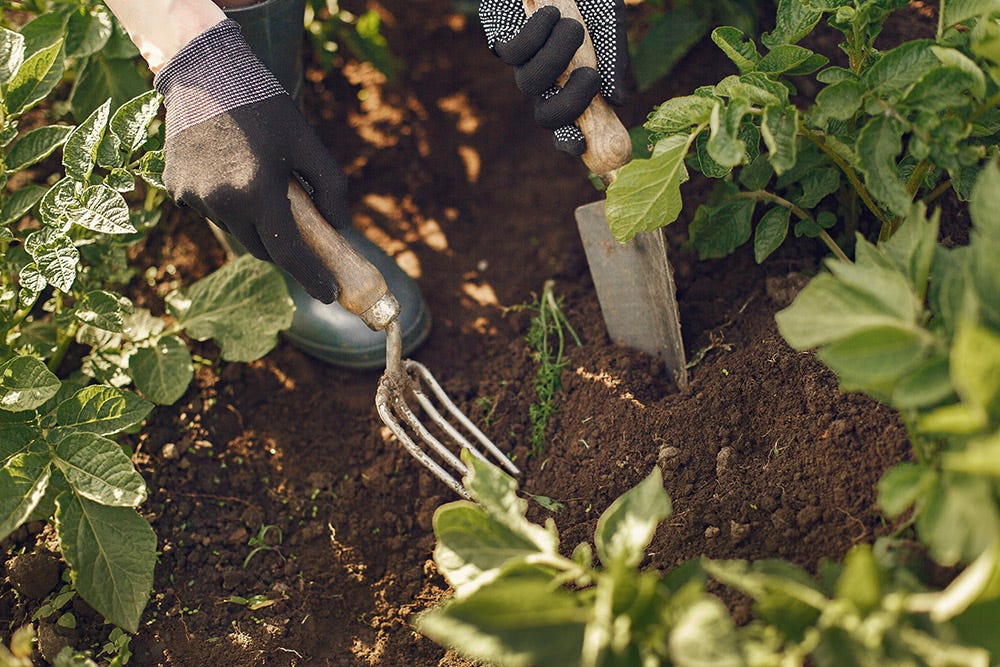- Maintenance tips & tricks
- 4-season garden care advice
- News from the gardening world
- STIGA innovations & new product launches
FREE delivery on selected models
Ask the Experts on 0800 669 6326
Secure Payments
FREE delivery on selected models
Ask the Experts on 0800 669 6326
Secure Payments
Start your own allotment for National Allotment Week! Finding and preparing an allotment plot is the first step to starting a rewarding new hobby. From clearing your space to planning what to plant, garden your way to success with our allotment guide for beginners.

Allotments are often left untended for weeks or months before being passed to the next tenant, so you may have to deal with weeds and pricklier plants like brambles and nettles before you can start growing.
The ideal time to clear is autumn and winter, as this is when plants are dormant — it’s much easier to get on top of weeds before they start growing again in spring. You also don’t want to be so busy clearing during the planting season that you miss out on sowing.
If you have a full plot rather than a half plot, it may be wise to clear just one section at a time. This will allow you to start growing as soon as possible, and not spend a whole season clearing. If your plot has suffered from more severe neglect, plan for what you can realistically clear in year one, two and so on.
Lay cardboard boxes over any uncleared sections to stop weeds from growing, freeing yourself to work on other areas without worrying about them becoming overgrown.
Cut down and dig out any unwanted woody plants and trees. Use a shredder to make clearing and composting your waste easier. Avoid composting perennial weeds as the seeds can survive the process and continue to spread.
Remember to tread carefully and check long grasses before doing any strimming, as these are essential habitats for various species, including hedgehogs and slow worms – helpful creatures that will protect your garden from slugs and snails.
Once you’ve cleared your space, assess the texture and quality of the soil by running it between your fingers – different plants prefer different soil types. If your plot has sandy or chalky soil, add well-rotted organic matter or opt for raised beds you can fill from scratch instead. Use a home-testing kit to determine the pH of the soil – most plants like a neutral to acid pH of around 6.
It's also important to consider the conditions of your plot before you start planting. Shady plots will be great for fruits like redcurrants and gooseberries, while plums and pears prefer more open areas. Potatoes are a great starter vegetable for new allotments, as they are easy to grow and will help break up the ground.
Deck out your space with allotment essentials like compost bins and storage (such as sheds or wooden boxes).
And make time to get to know your allotment neighbours. Having more experienced gardeners to share tips, seeds and produce will make your life on the plot much easier and more enjoyable.
Don’t be afraid to ask for a different plot – site managers will often allocate plots in batches so there may be more options available.